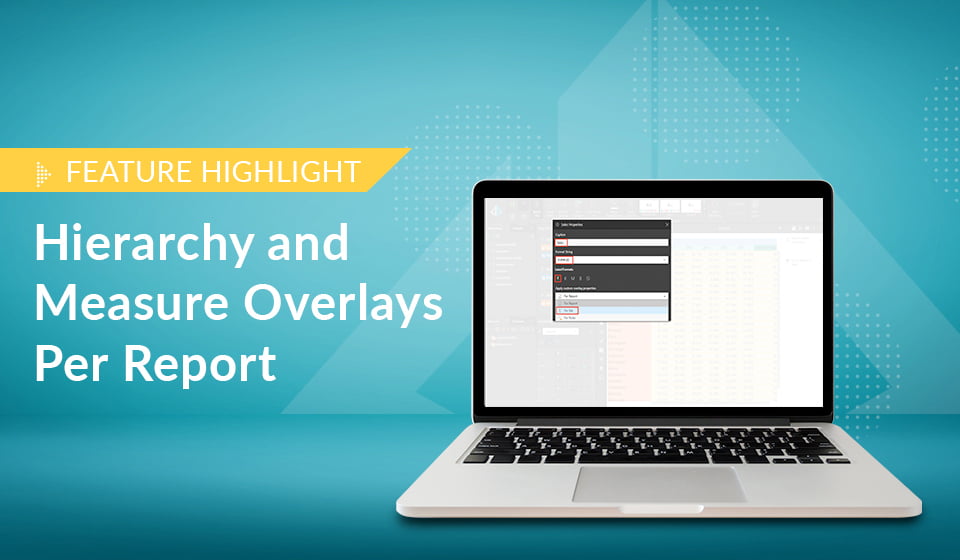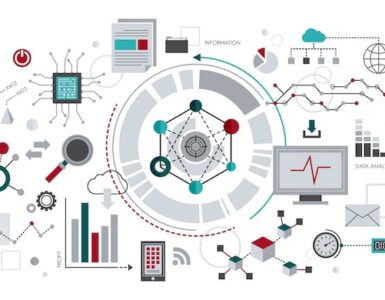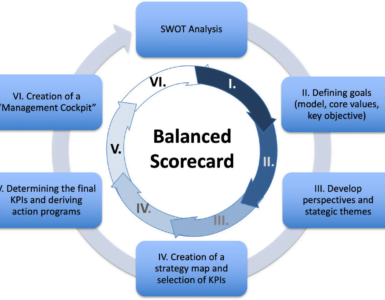
Pyramid lets users customize and personalize the labels of value metrics and hierarchies for a given data model. These customizations can be set for all sessions (present and future) or to a specific report without affecting other users; breaking the functionality of the underlying data model; or compromising the enterprise-wide governance and security features required by administrators.
By definition, self-service analytics is about letting users work creatively with data to produce their own data discoveries and visualizations and ultimately drive better decisions. The self-service component means changing queries, calculations, visualizations, and anything else needed to deliver useful information.
One contentious area, however, is the changing of the data structures themselves. On one hand it offers full control over the analytics process. However, it also lets end-users potentially break or tweak data models and structures in a way that is inconsistent with how they are designed or should be used. This breaches “governance” and makes the general process of self-service analytics significantly weaker because there is no single source of the “truth”. In short, centrally defined reports ensure governance and shareability of enhancements made to a report but provide a challenge for users wanting to customize their view of the report.
To address both paradoxical needs, Pyramid lets end users build content, queries, and calculations as needed within a governed framework. This includes tweaking data models—but without breaking technical structures or corrupting the “truth” along the way.
Personalization options allow users to customize the models and set their own captions for measures and hierarchies within a report. Hierarchy types can be set (this is useful for triggering different analytical capabilities) while metric data formats can also be changed to any numeric format. When making changes, users have the option to set the personalization for the current report, for all their reports (and sessions), or, if they are an administrator, apply the changes for different roles in the system.
In this way, Pyramid offers the best of both worlds by allowing personalization of reports while still retaining the governed, centralized report definition.
Example
The user of this report wants to use the term “Revenue” instead of “Sales”. In addition, the user wants to use the term “Branch” instead of “City” and wants to replace “dates year” with the title “Year”. The amounts must be displayed in the thousands format (K), rounding to the closest thousand.
By right clicking on the sales chip, the user can adjust the caption, the format string, and the label format. The user can also choose to apply these changes for this report only, for all of their subsequent reports, or for all roles that an administrator user has the security authorization to apply this for.
After applying the changes, we can see how the captions have been adjusted on the chips, in the report, and even in the title of the report. The numbers have also been adjusted to display the “K” format. Any other user will not see these changes, as the user specified that these overlays will only be applied “For Me”.
Pyramid has retained a single definition for this report, retaining governance and shareability, while providing the flexibility to customize the report per user.
[“source=pyramidanalytics”]






















































